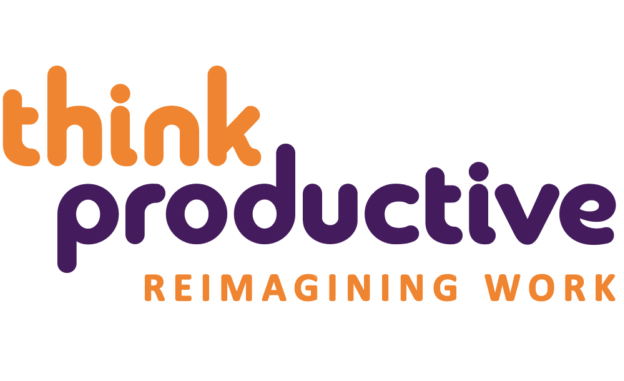What is Wellbeing?
Have you heard this lovely fluffy word being bandied around a little lately? When we think of wellbeing it makes us think of our health, or how we feel, but one thing’s for sure – if we want to be a true Productivity Ninja you have to be aware of it.
The word wellbeing is often associated with our mental health. There is an acceptance that “good” mental health is no longer simply the absence of mental illness. So even without a diagnosed illness we may have have good days and bad days. Understanding the triggers that push us towards those bad days is another way of ensuring self protection and promoting self-growth.
The continuum from Mental Health First Aid (MHFA) illustrates this:
If we accept mental health and wellbeing is a part of every human being, just like physical health, it would be good to know how to nurture it to maintain the best of health. If we carefully guard our personal wellbeing, we are more likely to not overspill our stress bucket when we have a bad day at work.
‘The Five Ways to Wellbeing’ is designed to emulate it’s better known counterpart, designed for physical health, ‘The Five a Day’ (which by the way is now Ten!).
The 5 Ways to Wellbeing:
Connect: get deep with other humans. Unsurprisingly we are designed to be around others – loneliness is known to be one of the biggest killers. However, when we are sociable, we trigger oxytocin (happy hormone) production in the brain.
Keep Learning: try something new, burlesque dancing, a course on the evolution of humpback whales, how to achieve the perfect origami turtle. Whatever it is, using the brain stops you from losing it and learning gives a sense of purpose.
Being Active: – It is a fact that activity is proven to increase serotonin, another happy hormone, a chemical that is actually manipulated in anti-depressant medication. In other words, it is important to find the right activity, whether wild swimming, tree climbing or maybe just doing a spot of Marie Kondo around the house.
Giving: – This doesn’t have to be of monetary value – although donating is shown to benefit us. For instance, giving of any kind, particularly to those we have a connection with improves life-satisfaction, self-realization and physical health. You can test the practical application of this just by giving the gift of smiling at others!
Taking Notice: – Taking notice borrows its principles from mindfulness and meditation. Above all, taking notice is about being observant about your current environment, being in the moment and avoiding distractions like Instagram.
What now?
We know quick fixes make us feel good, but for a limited time. Therefore, after you’ve considered how much of the above you do, look at how you can build more in, even though it may be more time-consuming. For example, going out and ‘connecting’ can seem a pain, but how many times have we gotten home and thought ‘I’m so glad I went’.
If it all feels a bit overwhelming, set yourself a small goal by using the SMART goal principles (Specific, Measurable, Achievable, Realistic, Timely). It sounds ridiculous, but even penciling in a diary entry to look up local life drawing classes is a goal achieved. Achievement gives us a sense of purpose and is a step towards the ultimate aim of becoming the next Leonardo Da Vinci.
Want to improve your wellbeing at work? Get in touch with us to discuss our attention management workshops.
Rebekah Few
References:
(1)Lamers, S. M., Westerhof, G. J., Bohlmeijer, E. T., ten Klooster, P. M. and Keyes, C. L. (2011), Evaluating the psychometric properties of the mental health Continuum-Short Form (MHC‐SF). J. Clin. Psychol., 67: 99-110. doi:10.1002/jclp.20741
(2) The Five Ways to Wellbeing (2008), The New Economics Foundation. https://neweconomics.org/2008/10/five-ways-to-wellbeing-the-evidence
(3) Diener, E., & Seligman, M. E. (2002). Very happy people. Psychological Science, 13(1), 81-84. doi:10.1111/1467-9280.00415
(4)Young S. N. (2007). How to increase serotonin in the human brain without drugs. Journal of psychiatry & neuroscience: JPN, 32(6), 394-9.
(5) Aknin, L. B., Barrington-Leigh, C. P., Dunn, E. W., Helliwell, J. F., Burns, J., Biswas- Diener, R., … & Norton, M. I. (2013). Prosocial spending and
well-being: Cross-cultural evidence for a psychological universal. Journal of Personality and Social Psychology, 104(4), 635. doi:10.1037/a0031578
(6) Post, S., & Neimark, J. (2007). Why good things happen to good people: The exciting new research that proves the link between doing good and living a longer, healthier, happier life. New York: Broadway Books.


